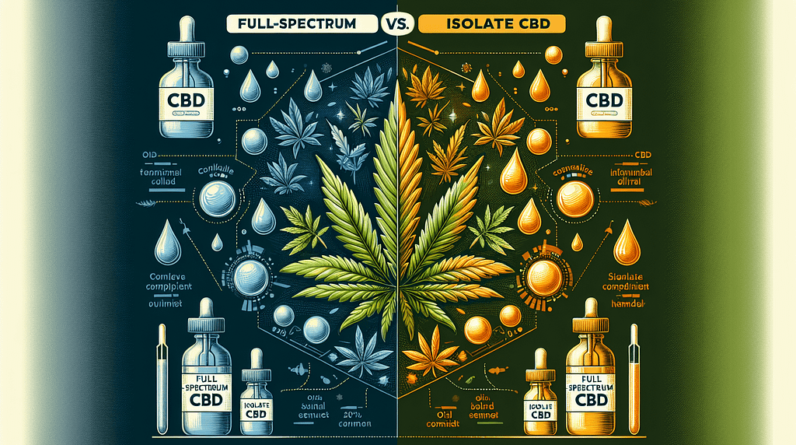As an Amazon Associate I earn from qualifying purchases.
Is Sciatica Keeping You Up at Night?
Maybe the first step before we tackle any other concern or question is to define sciatica. The compression of the sciatic nerve causes pain. This pain radiates from the lower back down the legs. Actually the sciatic nerve is the largest nerve in the body which begins from the nerve root in lower back and goes down the both legs.
Massage Therapy Decreases Inflammation and PainApproximately 18,000,000 Americans annually have a therapeutic massage. This makes it the 5th most commonly used form of alternative medicine. Biologically, the effects of massage on musculoskeletal tissue have remained unclear despite there being multiple reports showing its therapeutic benefit.
The Basics of Calcaneus Fractures (Heel Bone Fractures)Calcaneus fractures, which are also known as heel fractures, make up between one and two percent of all fractures in the body. Unfortunately, three fourths of heel fractures spread into the joint and are a result of a fall from a height or often times a motor vehicle collision. They are relatively high-energy injuries on the whole so a person’s spine should be evaluated as well for other fractures or injuries.
The Three Levels of Pain Management TreatmentPain in the US is rampant these days, and according to the Institute of Medicine there are over 115 million people in the country dealing with a pain issue. What are the over-riding treatments that exist for pain? There are 3 levels of pain treatment, which start from basic treatments and shifting steadily into more substantial and/or interventional.
Seven TMJ Symptoms to Look Out ForIt is not clear what causes TMJ disorders, but dentists believe that these result from problems with the muscles of the jaw or with some parts of the TMJ or temporomandibular joint. The TMJ is a hinge joint connecting the mandible or the lower jaw and the temporal bone of the skull, which are found on the front of the ears, on the sides of the head. These are flexible joints that let the jaw move up and down and to the sides, which are the movements that we do when we chew, yawn, or talk.
Amazon and the Amazon logo are trademarks of Amazon.com, Inc, or its affiliates.






